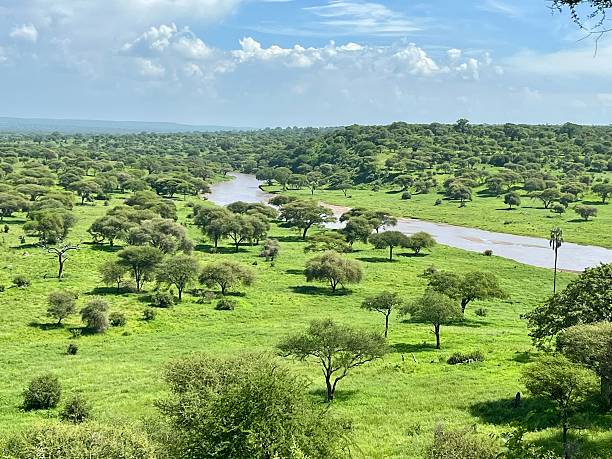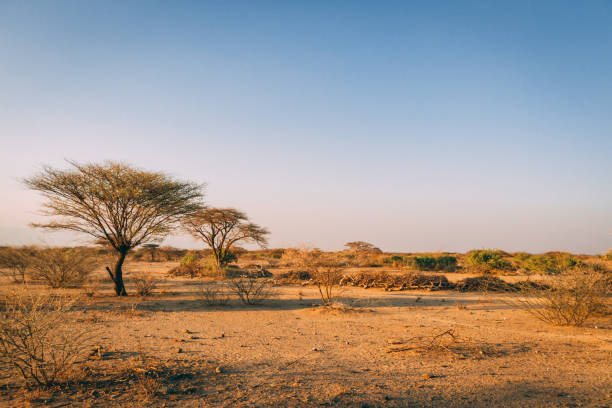Best Time to Visit Tanzania Serengeti: Unlocking Seasonal Wildlife Wonders

Timing a safari determines the quality of wildlife encounters. To experience the Serengeti’s natural theater at its peak, knowing the exclusive safari Tanzania is essential. This iconic park hosts the Great Migration, dramatic river crossings, and newborn calving herds, all influenced by seasonal rainfall and grass growth patterns. Whether you seek predator action or lush landscapes, selecting the right month ensures memorable game drives and unparalleled photo opportunities.
Long Dry Season Highlights (June–October)
The long dry season concentrates wildlife around rivers and waterholes, offering exceptional visibility and large congregations of animals. June and July mark the onset of the Mara River crossings as over a million wildebeest, zebras, and gazelles traverse crocodile-infested waters. Vehicle tracks remain firm, enabling access to remote areas. Daytime temperatures average 25–30°C, while mornings can drop to 10–15°C, so pack lightweight layers and a warm jacket for early drives.
Calving Season Spectacle (January–March)
January through March bring calving in the southern and western Serengeti. Over 400,000 wildebeest calves are born within weeks, attracting large numbers of lions, hyenas, and cheetahs. This period offers intimate wildlife drama as predators exploit vulnerable young. Fewer tourists visit during the short rains in November and December, making January an ideal time for both wildlife action and solitary scenes on the plains.
Short Rains and Shoulder Season (November & April)

November and April represent shoulder seasons. November follows the short rains, when greenery emerges and migratory herds concentrate before heading south. April sees early calving and scattered river crossings. Road conditions can be challenging after heavy rains, but 4×4 vehicles handle most routes. These months offer lower rates, fewer crowds, and opportunities to witness both dry- and wet-season phenomena.
Birding and Photographic Opportunities Year-Round
Birdwatchers benefit from migratory species arriving in October through April, with over 500 recorded species in the Serengeti. Breeding plumage and colorful displays peak during wet seasons. Photographers find dramatic light and storm clouds in short rains, while golden hues and crisp skies define the dry months. Twice-daily game drives optimize lighting for wildlife portraits and landscape shots.
Planning Tips for Peak Seasons
Peak months require advance bookings—9–12 months ahead—for top camps and lodges. Consider mobile camping to follow herds and avoid fixed itineraries. Combine northern and southern circuits for a comprehensive experience, using light-aircraft transfers to maximize wildlife time. Always check recent park reports for migration updates and road conditions.
Conclusion
From river crossings in the long dry season to newborn herds in calving months, each period reveals unique Serengeti drama. Choosing the best time to visit Tanzania Serengeti aligns your travel goals—whether predator action, bird migrations, or lush landscapes—with peak wildlife occurrences. For detailed seasonal insights and expert tips, consult this authoritative travel guide as your safari planning companion.
The East African Safari and Touring
Address: 00001 Kiranyi Village, Sakina, Arusha, Tanzania
Contact No.: +255 687 723 488
Location MAP: https://maps.app.goo.gl/2cGWCvDroJR4Hv9K6
Komentar
Posting Komentar